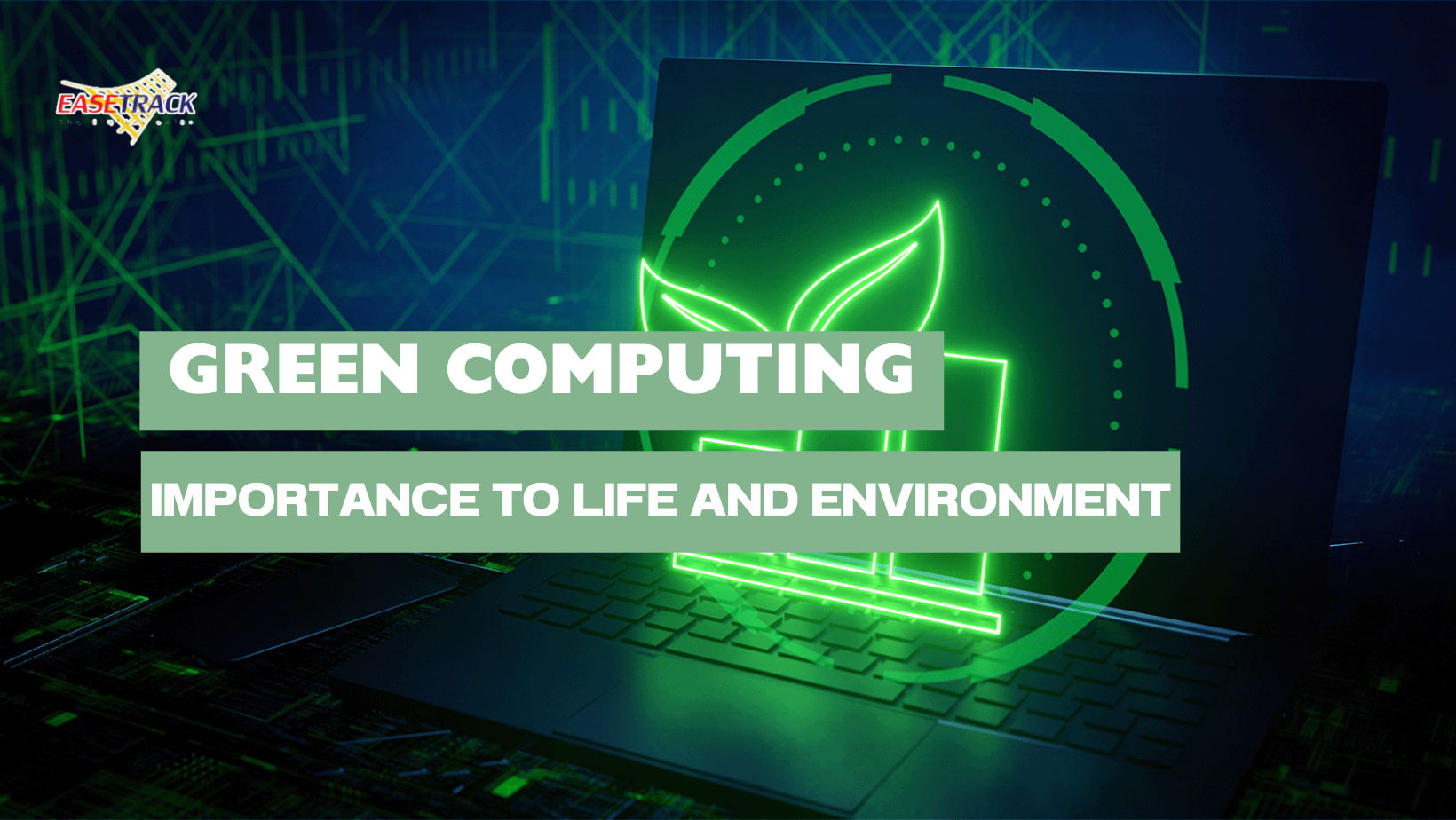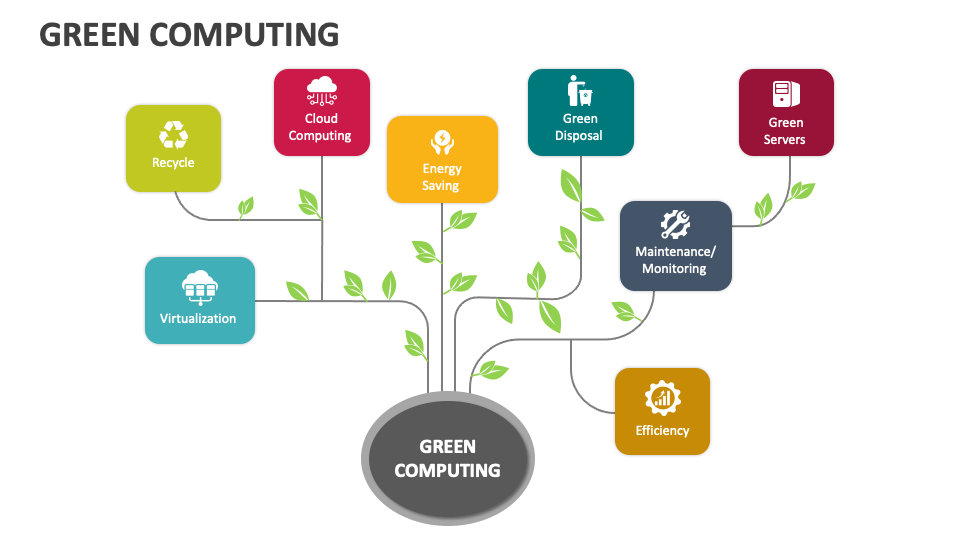
When we talk about the word ‘technology,’ we often think of applications that help create work or knowledge. This is because the term ‘Green Technology’ refers to the evolution, methods, and tools used to manage, solve, and adjust product operations to avoid problems. The result of using these methods and tools is that they help the operations of various devices become cleaner.
What is Green computing?
Green computing is the environmental responsibility of computers and related resources. This practice includes the use of energy-efficient CPUs, servers, and peripherals, as well as reducing resource consumption and electronic waste.
In a world increasingly aware of the importance of environmental sustainability, the concept of eco-friendly computing has become a crucial necessity. Green computing focuses on the development and responsible use of information and communication technologies to minimize environmental impact. One of the key pillars of this initiative is a responsible technical lifecycle.
This responsibility encompasses everything from the production and procurement of equipment to its final disposal, including usage and maintenance. It is a holistic approach aimed at optimizing each stage to reduce the use of natural resources, minimize waste, and maximize energy efficiency.
At the heart of this lifecycle is the use of new, more efficient tools and equipment. As technology advances, manufacturers have developed devices that are improved for more efficient energy use. Components such as processors, graphic cards, hard drives, and other parts are designed to maximize performance with less energy consumption. This not only reduces the environmental impact during usage but also extends the lifespan of the equipment, as less energy requirement results in less heat generation, thereby decreasing the need for cooling and increasing the reliability of the devices.

In addition to using new and efficient tools, managing technological resources responsibly throughout their lifecycle is also crucial. This includes careful planning in procurement and renewal of tools, maximizing their usage, and minimizing waste. Practices such as server virtualization, resource sharing, and gradual upgrades can help optimize technological infrastructure, reduce energy consumption, and lower associated costs.
Resource management also involves proper disposal of tools at the end of their lifecycle. Instead of careless disposal, it is essential to recycle and reuse tools as much as possible. This not only reduces the amount of electronic waste that ends up in landfills but also helps recover valuable materials and reduce the environmental impact of manufacturing new tools.
The concept of responsible tech living benefits not only the environment but also brings social and economic advantages. Reducing energy consumption and optimizing the use of technological resources help organizations cut operational costs and enhance competitiveness. Moreover, promoting sustainable practices contributes to creating a more conscious and responsible society.
The convergence between responsible tech lifecycles and green computing is crucial in addressing the global challenge of climate change. Reducing carbon emissions related to information and communication technology is necessary to limit global warming and protect the environment for future generations.
In summary, green computing is not just about using renewable energy or recycling paper; it involves holistic management of technology. By focusing on responsible tech lifecycles, organizations can enhance energy efficiency, reduce environmental impact, and fully fulfill their corporate social responsibility.
Source: xfusion
